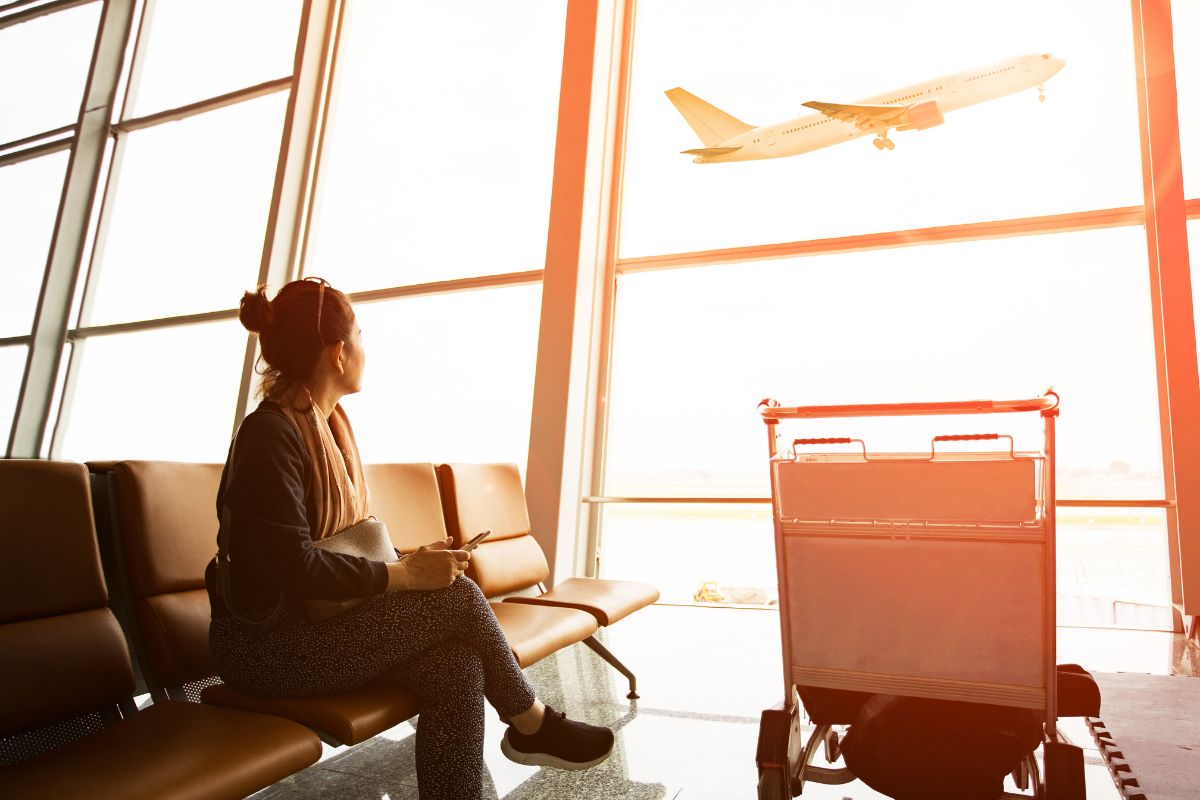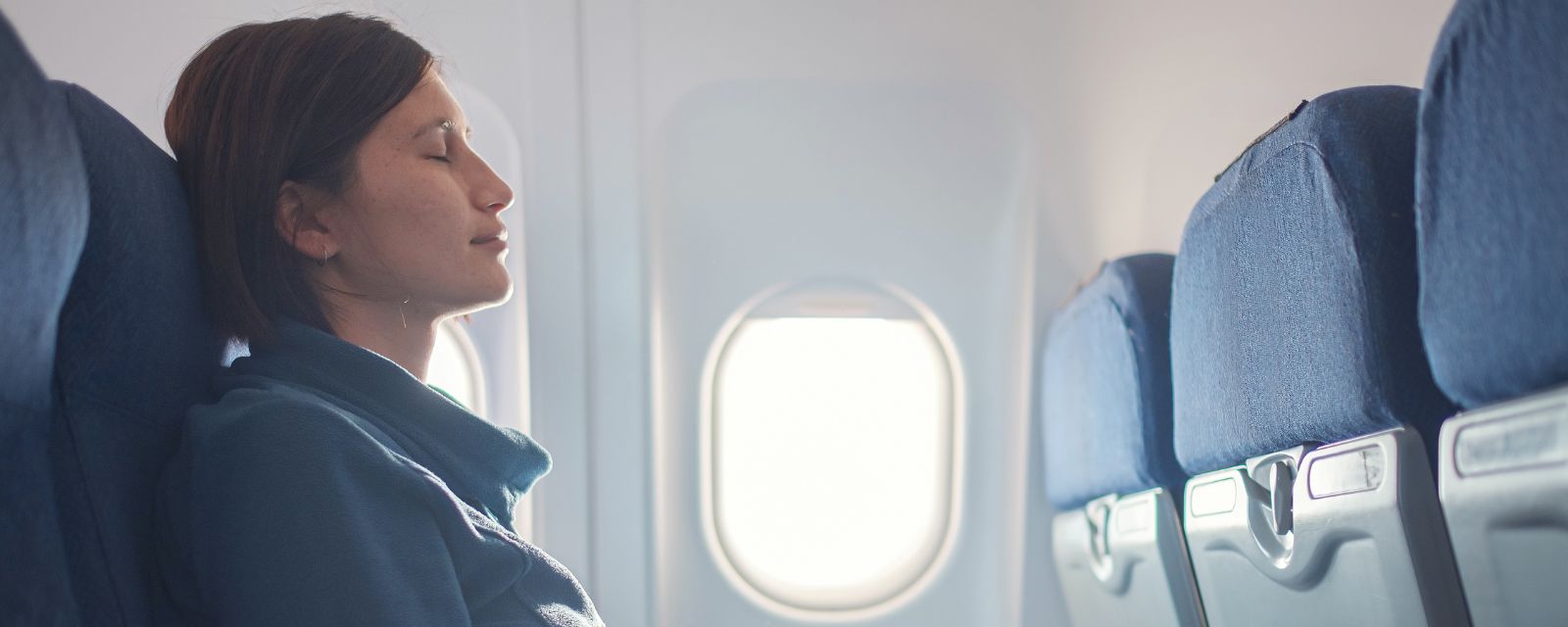Terrified of Flying? Try These Therapist-Backed Tools to Reduce Plane Anxiety
Introduction
Let’s face it, flying can be unsettling. Even for experienced travelers, the mere thought of turbulence, takeoff, or media coverage of rare aviation accidents can spark anxiety. And while anxiety itself isn’t inherently bad it’s a survival tool; too much of it can be paralyzing. It can stop us from pursuing things we love, such as visiting new places or fulfilling personal and professional commitments.
If you’re someone who avoids planes because of fear, you’re not alone and you’re not powerless. In this post, I’ll walk you through three powerful techniques rooted in psychology that can help you regain a sense of control and confidence when flying. Whether you value travel or simply need to fly out of necessity, these tools will support you in navigating your anxiety with resilience.
Because while we can’t control life’s uncertainties, we can always choose how we respond to them.
Psychological Flexibility: An ACT-Based Framework
One of the most effective approaches to managing plane anxiety comes from Acceptance and Commitment Therapy (ACT). At the heart of ACT is a skill called Psychological Flexibility., which helps individuals face distressing thoughts and feelings without being dominated by them. This ACT based tool taps into 6 various components to empower others in various contexts such as overcoming anxiety when it comes to planes. The first tenet within this tool is known as acceptance. Acceptance in the case of this tool centers on embracing the discomfort regarding the experience and not trying to remove it in any way. The acceptance component makes individuals actively inquire about the discomfort within the experience. The second component within this tool centered on detaching from one’s internal thinking. The second component asks the individual to take a step back objectively from their thinking in the moment. The third component of this tool centers on taking a present-focused approach. This component asks the individual to presently strive to ground themselves by identifying two of the five senses in the moment. The fourth component of this tool centers on observing yourself from afar. This component asks the individual to inquire about their internal dialogue within regards to their anxiety at the moment. The last two components within this tool center on values. One of the components inquires the individual to think about their value system in relation to the situation and think about their role models. The other component on values inquires the individual to think about how they embody their values and what that can look like in relation to a given situation such as overcoming plane anxiety. This tool is very powerful when it comes to challenging the anxiety thoughts in given situations such as plane anxiety. This ACT-based approach doesn’t aim to eliminate fear, but to help you move forward with it not against it.
Socratic Questioning: Challenge Anxious Thoughts
Another powerful technique for overcoming plane anxiety is Socratic Questioning, a cognitive-behavioral strategy that helps challenge and reframe anxious thoughts. This method involves systematically asking yourself a series of questions to evaluate the truth of your fear. The questions help work through the discomfort and challenge where the thoughts are coming from. The first part of the exercise centers on identifying what thought needs to be challenged in the given moment. The next key question makes the individual think about what actual evidence exists to support the given thought. The last few key questions reinforce how powerful one’s feelings can play into the given thought. The next series of questions in this tool center on past experiences and other’s influences that might have played a role in the thought. The most powerful question of all taps into the likelihood of a given situation. These questions help shift your thinking from emotional reactivity to rational evaluation. Over time, this practice can weaken anxiety’s hold by proving your fear is not based in reality, but in perception.

The RAIN Technique: A Mindfulness-Based Approach
When anxiety hits in the moment such as during takeoff or turbulence, mindfulness can be your best ally. One highly effective method is the Rain technique, developed by mindfulness teachers to help people navigate difficult emotions. The first step within this mindfulness technique asks the individual to close their eyes and take three deep breaths. The R within this technique stands for recognition. The recognizing step is powerful since it makes the individual identify what they are feeling, thinking, and what is physically happening to them in the given moment. The second step with the Rain mindfulness tool is known as allow. This step asks the individual to embrace whatever is coming up for them as far as thoughts, feelings, and physical sensations and remove any potential judgement. The next step within this mindfulness tool is known as investigate. This step asks the individual to inquire about their thoughts, feelings, and physical sensations. The final step of this mindfulness tool is known as nurture. This step asks the individual to create a kind message to themselves given the experience. RAIN creates a space between stimulus and response. It allows you to move from reacting out of fear to responding with awareness, compassion, and clarity.
Conclusion: You Are Not Your Anxiety
These tools are a great starting point in terms of reducing anxiety when it comes to traveling but if you feel that your anxiety is overwhelming you might benefit from additional support. This might include finding a therapist with training in Cognitive Therapy (like CBT and Exposure therapy) to target anxiety symptoms, or exploring medication management with a psychiatrist. You might also benefit from arming yourself with information, flying apps such Turbulence Forecast and SOAR can provide you with assurance that could help decrease worry when you’re preparing to fly.
Fear is a normal part of being human especially when it comes to things we can’t fully control, like flying. But fear doesn’t have to be the deciding factor in how you live your life. Whether it’s through psychological flexibility, cognitive reframing, or mindfulness, there are powerful tools available to help you navigate and reduce plane anxiety. These aren’t quick fixes, but they are lasting strategies when practiced over time. So the next time you find yourself preparing for a flight, remember: You don’t need to get rid of your fear to move forward. You just need to carry it with courage and the right tools. The sky isn't the limit, it's just the beginning.
All material provided on this website is for informational purposes only. Direct consultation of a qualified provider should be sought for any specific questions or problems. Use of this website in no way constitutes professional service or advice.




